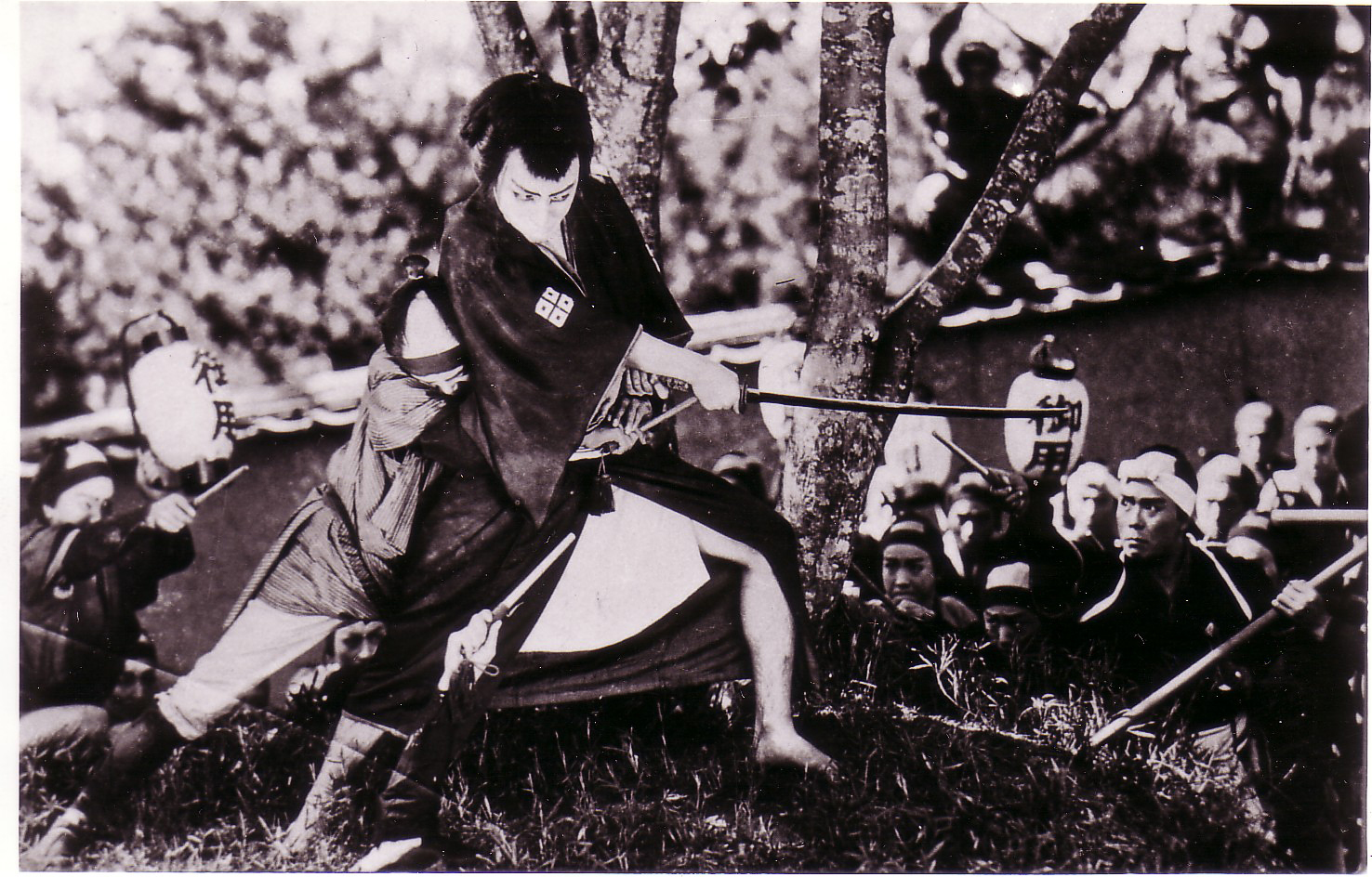|
Shirō Asano (cameraman)
Shirō Asano may refer to: *, Japanese university professor and former politician *, cameraman in the early years of Cinema of Japan The , also known domestically as , has a history that spans more than 100 years. Japan has one of the oldest and largest film industries in the world; as of 2022, it was the Film industry#Statistics, fourth largest by number of feature films p ... See also *, Japanese actor {{hndis, Asano, Shiro ... [...More Info...] [...Related Items...] OR: [Wikipedia] [Google] [Baidu] |
Shirō Asano (politician)
is the former governor of Miyagi, Japan, and currently university professor & political commentator. Background Early life and administrative career Asano was born in the northern port town of Ofunato, Iwate, where his father was a town doctor. His father moved to nearby Tome, Miyagi and at age 4 to Sendai, the prefectural capital of Miyagi. He grew up there until finishing high school. Asano graduated from the faculty of law of University of Tokyo in 1970 and joined the Ministry of Health and Welfare. From 1972 to 1974 he was an exchange student at the University of Illinois, Graduate School of Political Science. He returned to Japan until 1978, when he was stationed at the Japanese embassy in Washington D.C. as second and first secretary. The position in Washington lasted until 1980. Back in Japan he worked a number of posts in the Ministry of Health and Welfare and in 1993 he was posted to Miyagi Prefecture. Political career A few months after Asano arrived in Miyagi, th ... [...More Info...] [...Related Items...] OR: [Wikipedia] [Google] [Baidu] |
Shiro Asano (cameraman)
Shiro Asano (浅野四郎, 1877–1955) was a cameraman during the early days of Japanese cinema. He is known primarily for his work using imported versions of the Lumiere kinetoscope and the Gaumont camera, as well as his contributions to the horror genre with his short films. He is also regarded as one of the first Japanese people to host a public film screening. Early career Asano was hired at the Konoshi Photography Store in his late teens or early twenties. When the Konoshi Photography Store received imports of the Lumiere kinetoscope and a camera believed to be invented by either Gaumont or Baxter, the Konoshi Photography Store changed their brand name to Sakura and entrusted Asano, who was working as an assistant in the store at the time, to create magic with these new devices. Asano started his cinematography career by filming basic scenes such as: the happenings in the streets of Japan such as: vehicles and people moving along the street, trains in motion, and the ... [...More Info...] [...Related Items...] OR: [Wikipedia] [Google] [Baidu] |
Cinema Of Japan
The , also known domestically as , has a history that spans more than 100 years. Japan has one of the oldest and largest film industries in the world; as of 2022, it was the Film industry#Statistics, fourth largest by number of feature films produced, producing 634 films, and third largest in terms of box office revenue, standing at $1.5 billion. Films have been produced in Japan since 1897. During the 1950s, a period dubbed the "Golden Age of Japanese cinema", the ''jidaigeki'' films of Akira Kurosawa as well as the science fiction films of Ishirō Honda and Eiji Tsuburaya gained Japanese cinema international praise and made these directors universally renown and highly influential. Some of the Japanese films of this period are now rated some of the List of films considered the best, greatest of all time: ''Tokyo Story'' (1953) ranked number three in ''Sight & Sound'' critics' list of the 100 greatest films of all time and also topped the 2012 ''Sight & Sound'' directors' poll ... [...More Info...] [...Related Items...] OR: [Wikipedia] [Google] [Baidu] |
